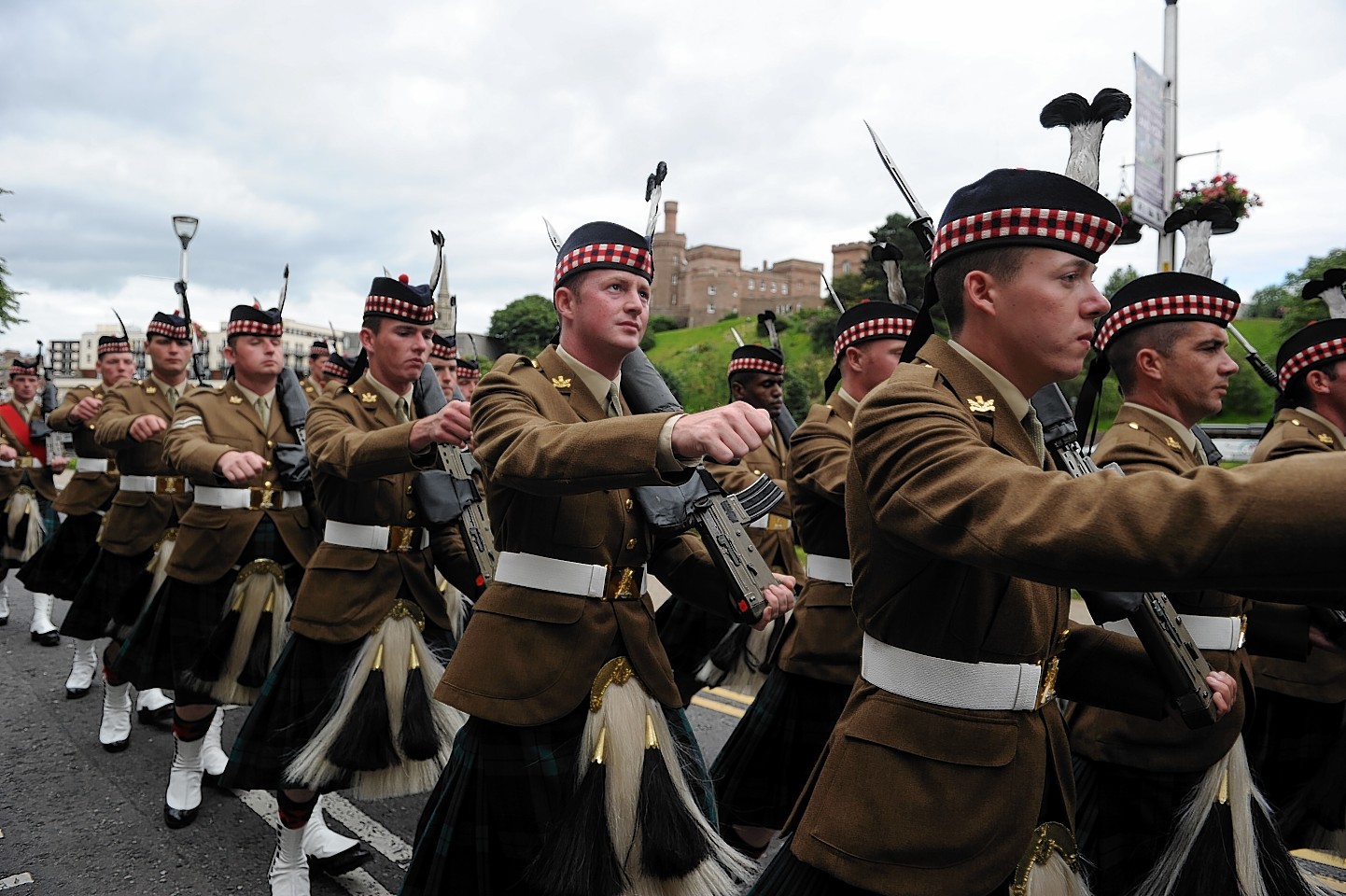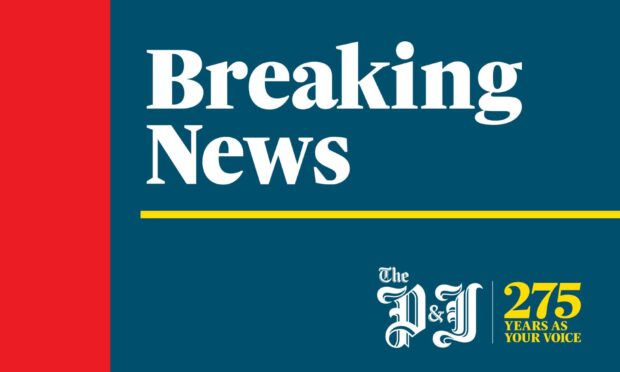The Highlanders battalion is getting ready this year to move into a key role in the Army’s new “Strike Brigades”.
The historic Seaforth, Gordons and Camerons unit – traditionally raised in the north and north-east – will be part of Britain’s first new Strike Brigade.
On high alert and ready to travel long distances by land to crisis zones at short notice, they will operate the Army’s latest infantry carrier vehicles, which are still to be unveiled.
Defence Secretary Sir Michael Fallon said the new force would be able to make an “increased contribution to countering terrorism and building stability overseas”.
It will be comprised of four brigades, two of which will be “armoured infantry” and two as “strike”, with one of each remaining at high readiness at all times.
The Highlanders and the 1st Battalion Scots Guards will operate new Mechanised Infantry Vehicles in the first Strike Brigade, while the Household Cavalry Regiment and the King’s Royal Hussars will use new Ajax vehicles.
Defence author and analyst Tim Ripley said last night that the changes were a key part of Army reforms.
“It’s the future of the British Army, they are very excited about it,” he said. “It’s the main activity in the British Army. It’s the highest priority programme going on right now.
“The Strike Brigade is all about being strategically mobile. Being able to move from bases in Britain, across Europe to crisis zones.
“The aim will be that the Strike Brigades will be able to deploy to Dover and be taken through the Channel Tunnel and then go on a train or drive to wherever in Europe they are needed.”
On role of The Highlanders, he added: “They are going to be the troops that get the new vehicles. They are going to get the Mechanised Infantry Vehicle.
“They are infantry and are going to get a new kind of troop carrier which will have six to eight wheels. It’s so new they haven’t even bought it yet.”
The Highlanders is a successor of the Gordon Highlanders and the Queen’s Own Highlanders (Seaforth and Camerons), and traditionally recruited from the Highlands, islands, Moray, Aberdeenshire and Aberdeen.
It was a regiment in its own right between 1994 and 2004, after which it became the 4th Battalion of the Royal Regiment of Scotland (4 SCOTS).
The unit returned to the UK from Germany in 2015 and is now based at Catterick, North Yorkshire.
Announcing the details of the plans to parliament last month, Sir Michael said the “modernised division” would represent a “significant uplift in capability”.
He added that “in times of crisis” the Army would in future be able to deploy a credible division of three brigades.
A “Strike Experimentation Group” is to be established in Warminster this year to pave the way for the first brigade to be formed by the end of the decade.
The Army will lose one of its three tank regiments under the plans, with the The King’s Royal Hussars to swap its 56 Challenger 2 tanks for a fleet of Ajax lightly armoured vehicles.
However, all existing regimental cap badges will be retained under the shake-up.
The first Strike Brigade will operate from The Highlanders’ current base at Catterick and Salisbury Plain.
However, the Scottish Government has raised concerns about plans to move the 1st battalion of the Royal Regiment of Scotland (1 Scots) from its current base in Belfast to Aldershot to become one of the new specialised infantry battalions.










